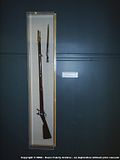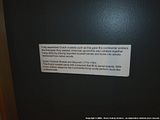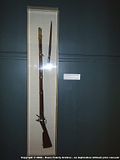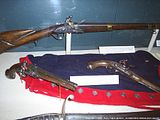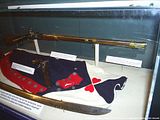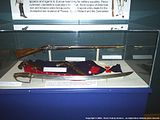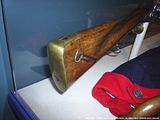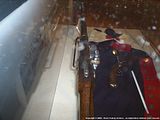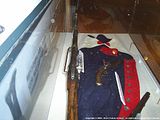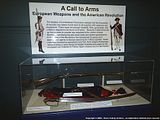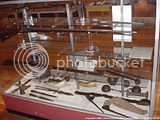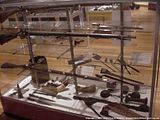Pics here.

I inherited this as part of a larger collection. As you can see, somewhere along the way someone carved initials into it. I cannot make out all the lettering on the right side, but I think it ends in "a Luge"
I appreciate any help in finding out what I have, I would like to stick it up over the mantle, but if it is of any historical value I would rather see it displayed in public.

I inherited this as part of a larger collection. As you can see, somewhere along the way someone carved initials into it. I cannot make out all the lettering on the right side, but I think it ends in "a Luge"
I appreciate any help in finding out what I have, I would like to stick it up over the mantle, but if it is of any historical value I would rather see it displayed in public.





